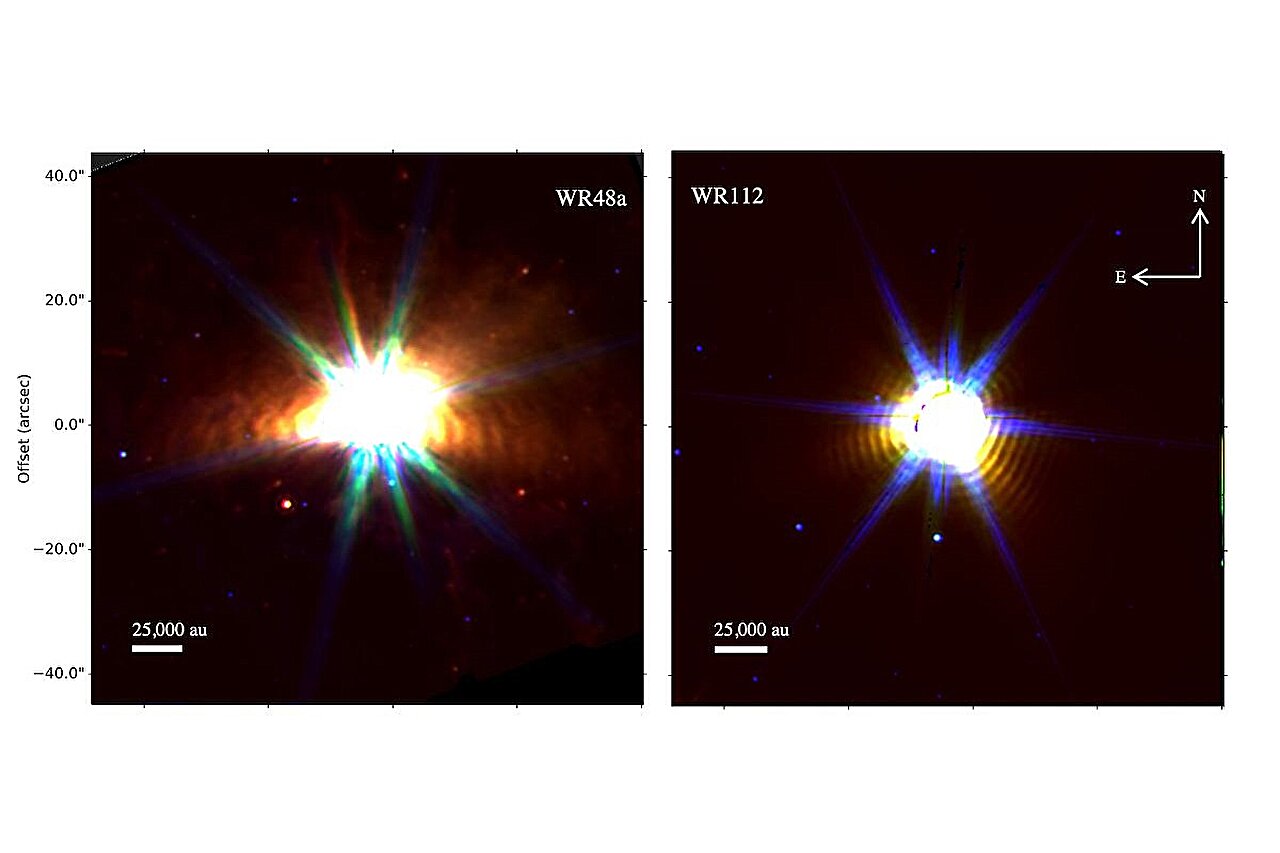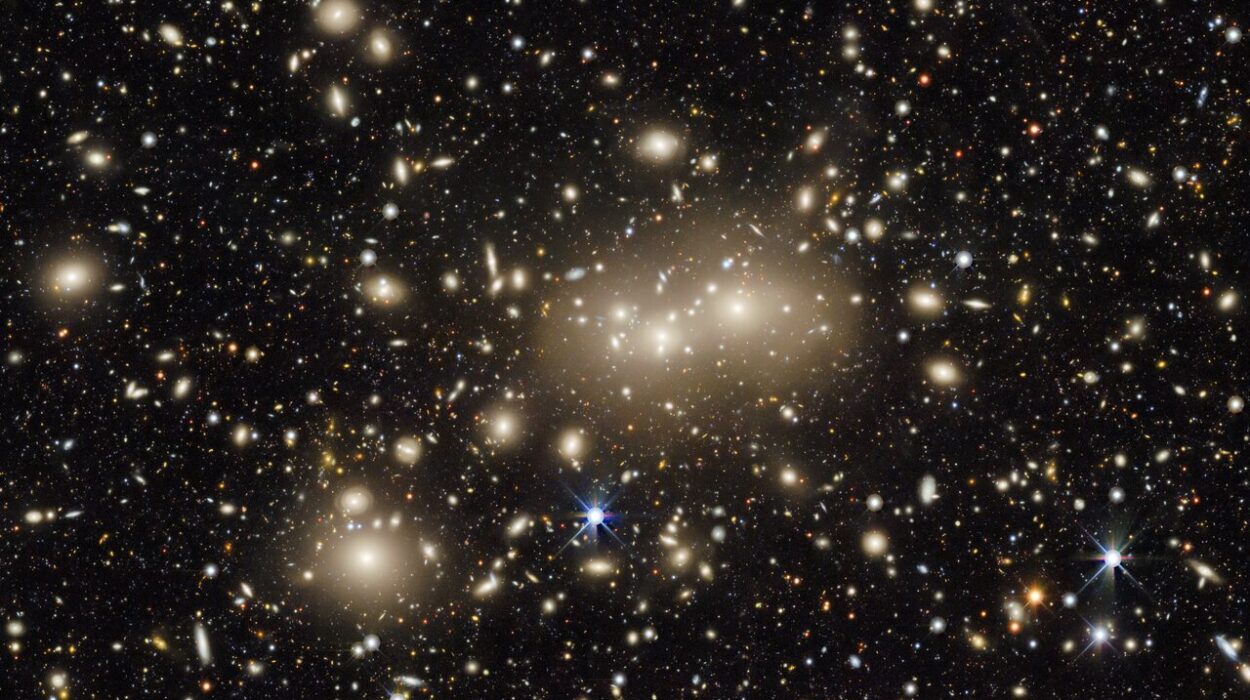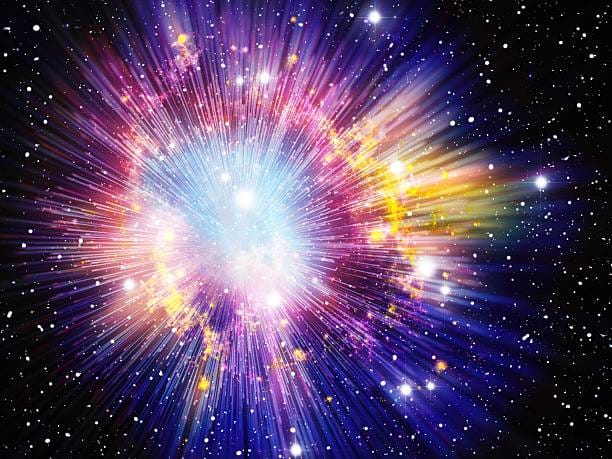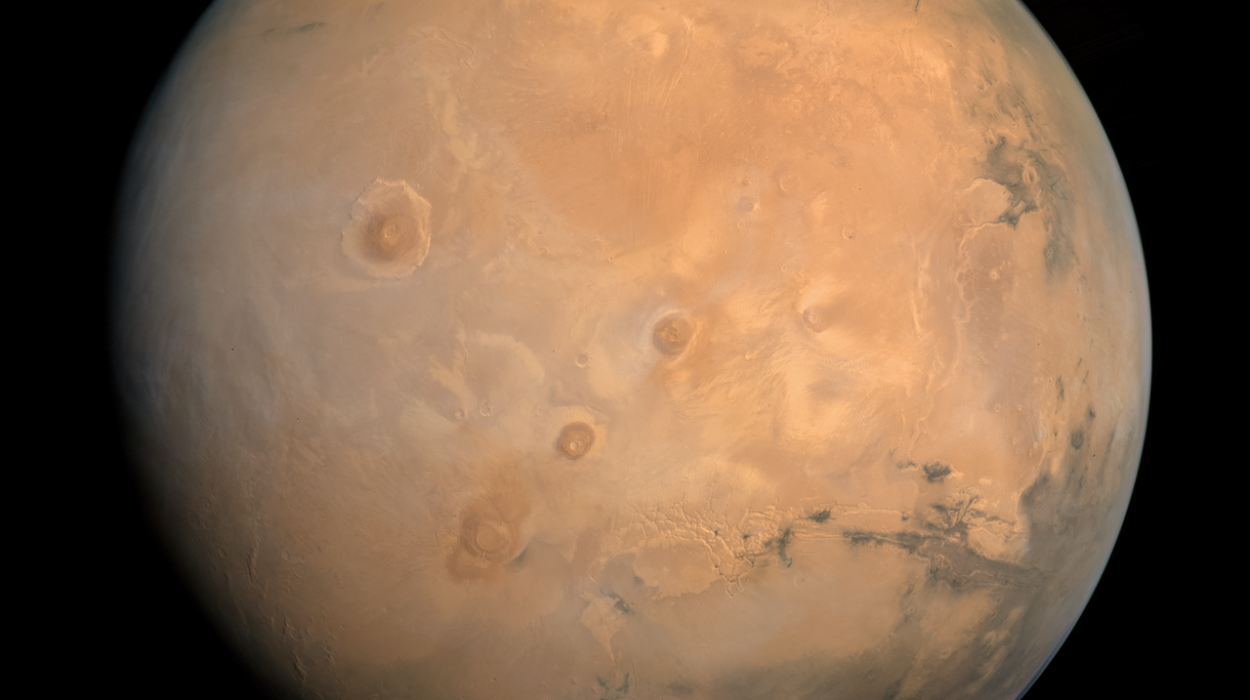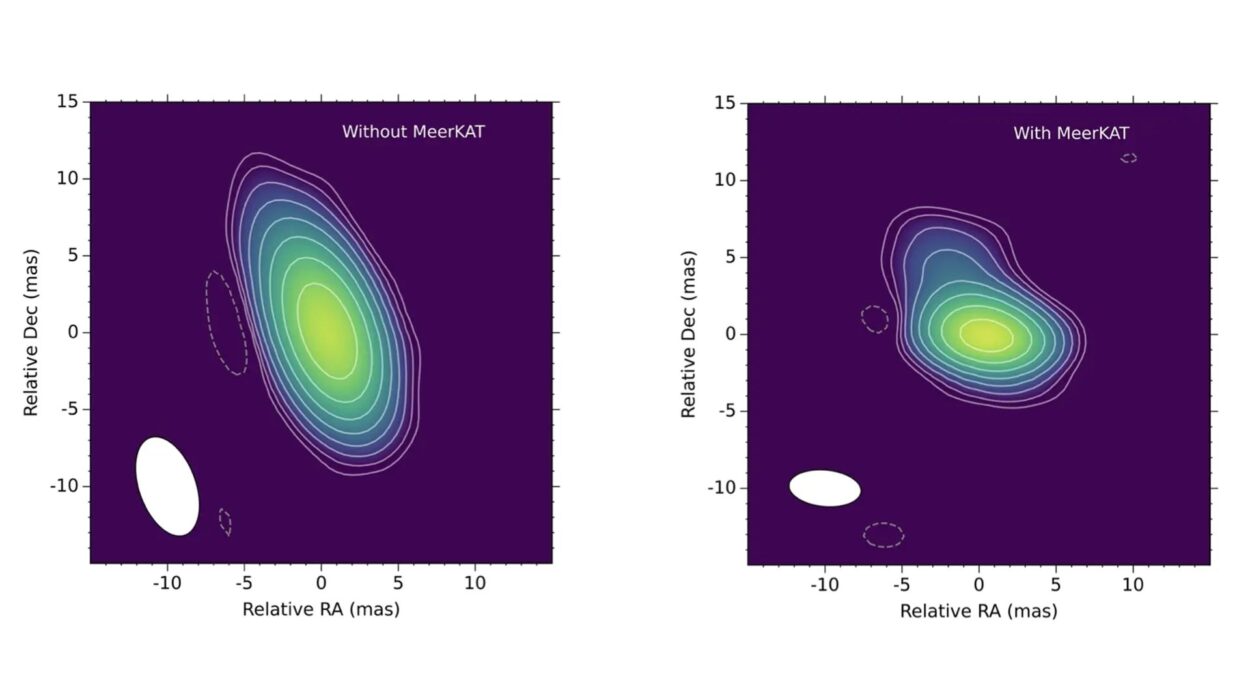When you look up at the night sky, the stars twinkle like distant diamonds, each one a blazing furnace of nuclear fusion. Yet, beyond their bright light, these stars are constantly shedding their outer layers—releasing cosmic material into space. This isn’t just stardust; it’s the raw material that will eventually form new stars, planets, and possibly even life itself. For decades, scientists have been puzzled by where all this cosmic dust comes from and what it’s made of. But thanks to a new study led by Dr. Noel Richardson and his students, we are beginning to unravel the mysteries of this celestial dust factory.
Wolf-Rayet Stars: The Dying Giants of the Cosmos
The story begins with an extraordinary class of stars known as Wolf-Rayet (WR) stars—beasts of the cosmos on the verge of their final, explosive stages of life. These stars are massive, hot, and in the midst of shedding their outer layers. Unlike the sun, which slowly burns through its hydrogen to eventually become a red giant, Wolf-Rayet stars have already exhausted their hydrogen and are now fusing helium in their cores. These are dying stars, with only a brief time left before they meet a spectacular end—either collapsing into black holes or exploding in supernovae.
“These stars are essentially highly evolved massive stars that don’t show hydrogen at all,” explained Dr. Noel Richardson, an associate professor of Physics and Astronomy at Embry-Riddle Aeronautical University. “They’ve lost their hydrogen in the outer part of the star, fusing helium in their core, which means they are nearing the end of their life cycle.”
But it’s not just the imminent death of these stars that makes them interesting to astronomers; it’s what they leave behind. As Wolf-Rayet stars near their demise, they unleash powerful stellar winds—streams of gas and particles moving at high speeds—into the surrounding space. When another massive star is nearby, the winds from both stars collide, condensing into carbon dust. This process creates intricate dust shells that surround these stars, almost like cosmic halos.
A Cosmic Discovery with the James Webb Space Telescope
For years, astronomers had only observed dust shells around one Wolf-Rayet star, WR-140, located in the constellation Cygnus. WR-140 was the lone representative of its kind, leading many to wonder: Is this an anomaly, or is it part of a larger cosmic pattern?
In a groundbreaking study, Dr. Richardson and his team set out to explore this mystery. Using the James Webb Space Telescope (JWST)—the most powerful space telescope ever launched—Richardson and his students studied four additional Wolf-Rayet systems, each hosting their own dust shells. The results were nothing short of astonishing.
“Not only did we find that the dust in these systems is long-lived and making its way out into space, we discovered this is not unique to just one system,” said Richardson, whose study was published in The Astrophysical Journal. What started as a single observation of WR-140 now had an entire class of Wolf-Rayet stars contributing to the cosmic dust puzzle.
The Enduring Legacy of Wolf-Rayet Dust
What makes this discovery so revolutionary is the fact that the dust produced by these dying stars is not only widespread but resilient. This dust doesn’t dissipate quickly. It survives in space for much longer than previously thought, possibly for centuries. Such long-lived dust has the potential to be a key player in the formation of new stars, planets, and even life.
Dr. Ryan Lau, an assistant astronomer at NSF NOIRLab, who contributed to the project, emphasized the significance of these findings. “These observations show that the dust produced by Wolf-Rayet stars can survive the harsh stellar environment,” he said. This resilience challenges previous assumptions that dust around aging stars would quickly disperse or be destroyed in the violent stellar winds and radiation from the stars themselves.
So why does this matter? If Wolf-Rayet stars generate carbon dust that endures for centuries, it could reshape how astronomers think about the origins of the material that makes up the universe. This discovery could suggest that dying stars—through the dust they produce—play a much more important role in the birth of future celestial bodies than we ever imagined.
The Chemistry Behind the Dust
While the longevity of the dust is exciting, there’s still so much more to learn. One of the next steps in this research is to investigate the chemical makeup of the dust itself. What exactly is it made of? What are its physical properties? To answer these questions, astronomers will need to use the JWST’s capabilities to take spectra—specialized measurements that can reveal the composition of the dust grains.
“Where does this dust go?” asked Dr. Lau. “We want to learn what exactly the chemistry of this dust is. To do that, we need to take spectra to identify specific grain composition—the physical properties—to get an idea of the chemical contribution to the interstellar medium.”
The interstellar medium—the matter and radiation that exist between the stars—is composed of gases, dust, and other particles that form the building blocks for future stars. Understanding the chemistry of Wolf-Rayet dust could unlock secrets about how these building blocks contribute to the creation of new stars and planets.
A Hands-On Experience for Students
The research isn’t just breaking new ground in astrophysics; it’s also providing real-world experience for students at Embry-Riddle. One such student, Corey Kehl, is an undergraduate in astronomy who contributed to the project. Kehl, who joined the team in her sophomore year, worked on a crucial aspect of the study: removing artifacts from the telescope’s images to better reveal the underlying dust structures.
“Being involved in research work, I believe, is the epitome of what it means to be a scientist—especially a physicist,” said Kehl, who is now entering her senior year. “At Embry-Riddle, you see the principles you’ve worked so hard to learn as an undergraduate truly in motion.”
Kehl’s ongoing work will involve modeling the geometry of the dust shells to further understand their relationship to the orbits of the Wolf-Rayet stars. The hands-on nature of this research allows students to actively participate in uncovering the mysteries of the universe—one dust grain at a time.
The Cosmic Cycle Continues
As the team’s research progresses, the cosmic dust story is far from over. The discovery of long-lived dust shells around multiple Wolf-Rayet stars opens a new chapter in our understanding of stellar evolution. These ancient stars, though near the end of their lives, are leaving behind a legacy—dust that will travel across the cosmos, helping to form the next generation of stars and planets.
In the vastness of space, where time moves at an unimaginable scale, the dust from these dying stars may someday form the seeds for new worlds, possibly even giving rise to life once again.
The universe, it seems, is a cosmic recycling bin, and thanks to the persistence of Wolf-Rayet dust, the cycle of creation and destruction continues, offering new possibilities for the stars and planets that will follow.
Reference: Noel D. Richardson et al, Carbon-rich Dust Injected into the Interstellar Medium by Galactic WC Binaries Survives for Hundreds of Years, The Astrophysical Journal (2025). DOI: 10.3847/1538-4357/addf30
